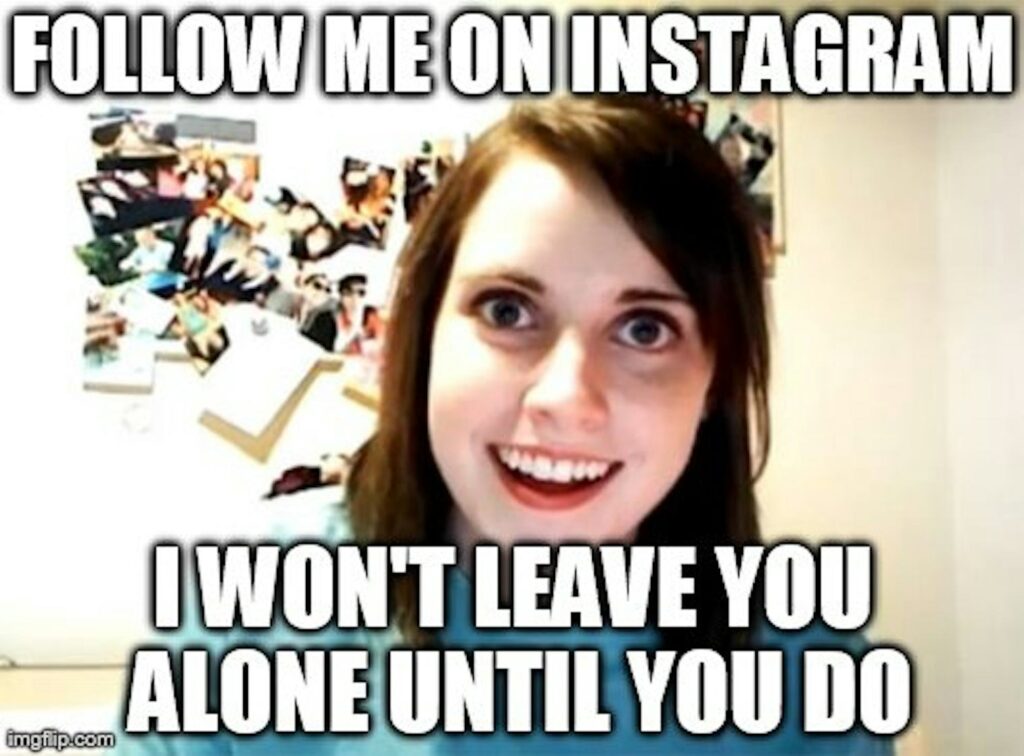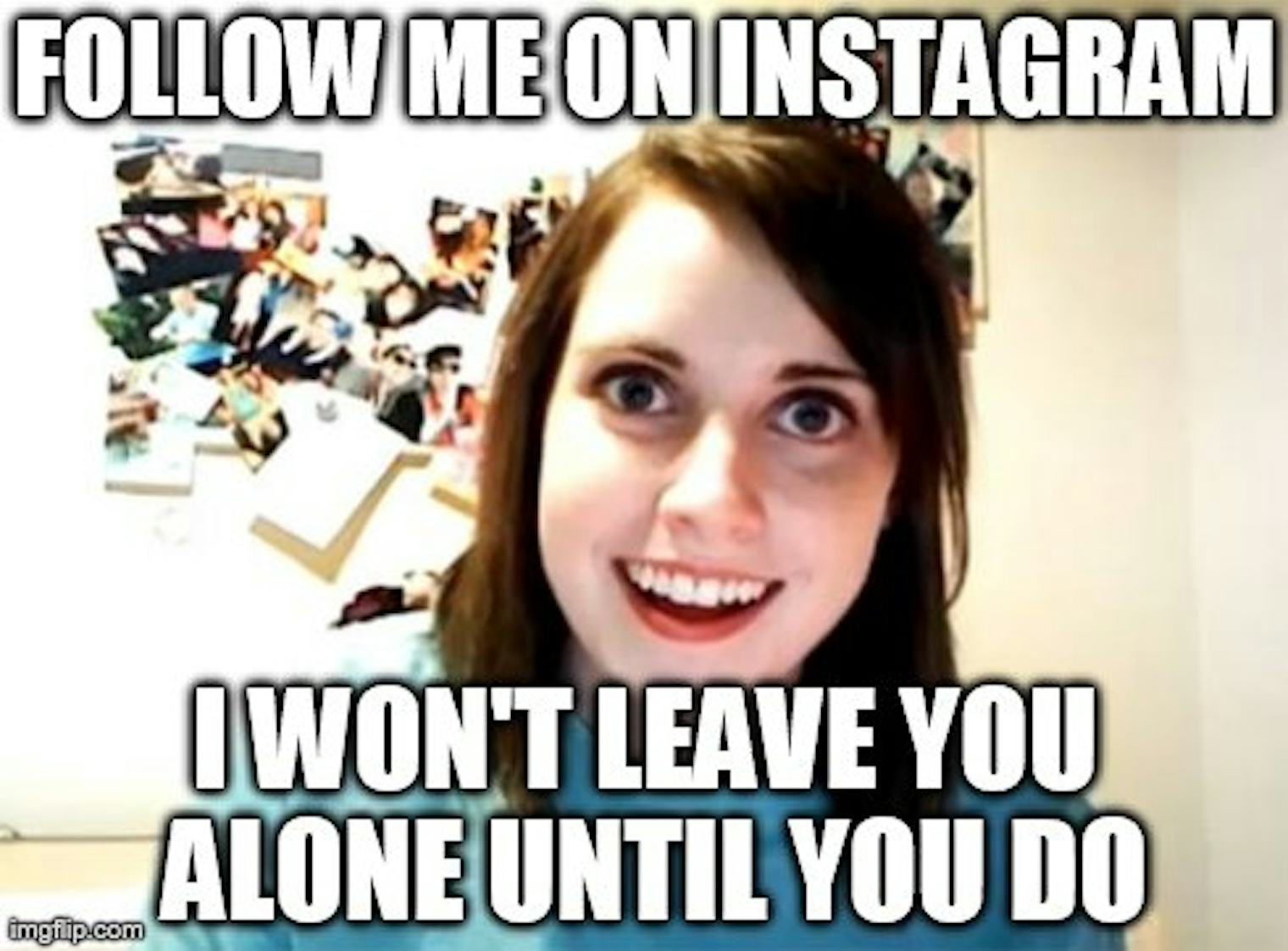
Meme of the Day: Unpacking the Internet’s Daily Dose of Humor
In the fast-paced world of the internet, where trends come and go in the blink of an eye, one constant remains: the meme. More specifically, the meme of the day. These bite-sized snippets of humor, often combining relatable images with witty captions, have become a ubiquitous form of online communication. But what exactly makes a meme of the day, and why are they so captivating? This article delves into the phenomenon of the meme of the day, exploring its origins, evolution, impact, and future.
The Genesis of Memes: From Dawkins to Digital Culture
The term “meme” was first coined by evolutionary biologist Richard Dawkins in his 1976 book, *The Selfish Gene*. Dawkins defined a meme as a unit of cultural transmission, analogous to a gene, that spreads from person to person through imitation. While Dawkins’s original concept was broader, encompassing ideas, fashion, and even melodies, the internet has given the meme a new, more specific meaning. Today, a meme of the day typically refers to an image, video, or text phrase that is copied and spread rapidly online, often with slight variations.
The modern internet meme began to take shape in the late 1990s and early 2000s, with the rise of early online communities and forums. Sites like Something Awful, 4chan, and YTMND served as breeding grounds for viral content, including early examples of what we now recognize as memes. These early memes were often crude, absurd, and deliberately nonsensical, reflecting the anarchic spirit of the early internet. As the internet became more mainstream, memes evolved to become more accessible and relatable.
The Anatomy of a Viral Sensation: What Makes a Meme Go Mainstream?
Not every piece of content has the potential to become the meme of the day. Several factors contribute to a meme’s virality. One key element is relatability. The most successful memes tap into universal human experiences, emotions, or anxieties. Whether it’s the frustration of dealing with everyday inconveniences or the joy of simple pleasures, relatable memes resonate with a wide audience.
Humor is, of course, another essential ingredient. Memes often use irony, sarcasm, or absurdity to create comedic effect. The element of surprise can also play a role, as unexpected twists or juxtapositions can make a meme more memorable and shareable. Furthermore, simplicity is key. The meme of the day is usually easily understandable and requires minimal effort to appreciate. Complex or obscure references are less likely to gain widespread traction.
Finally, timing and context matter. A meme that is relevant to current events or popular culture trends is more likely to go viral. The ability to quickly adapt and riff on existing memes is also crucial, as the internet is constantly generating new content and trends.
The Impact of Memes: More Than Just a Laugh
While memes are often dismissed as trivial or frivolous, they have a significant impact on online culture and communication. Memes serve as a form of social commentary, allowing people to express their opinions and perspectives on a wide range of issues. They can be used to satirize political figures, critique social norms, or raise awareness about important causes.
Furthermore, memes can foster a sense of community and belonging. Sharing and creating memes allows people to connect with others who share their sense of humor or worldview. Online meme communities provide a space for people to express themselves, share their creativity, and find validation.
The meme of the day also plays a role in shaping language and communication. Memes often introduce new phrases, slang terms, and visual idioms into the online lexicon. These memes then influence how people communicate with each other, both online and offline. For example, phrases like “OK boomer” or “This is fine” have become widely used in everyday conversation, thanks to their popularity as memes. [See also: How Internet Culture Shapes Language]
Memes in Marketing and Advertising: Leveraging the Power of Virality
Businesses have recognized the potential of memes as a marketing tool. By creating or adapting memes that are relevant to their brand or product, companies can reach a wider audience and engage with consumers in a more authentic way. However, meme marketing can be tricky. It’s essential to understand the nuances of internet culture and avoid coming across as inauthentic or out of touch.
Successful meme marketing campaigns are often characterized by self-awareness, humor, and a willingness to poke fun at themselves. Brands that try too hard to be cool or trendy are likely to be met with cynicism or ridicule. It’s also important to respect the original creators of memes and avoid using them without permission or attribution. [See also: Ethical Considerations in Digital Marketing]
The Future of Memes: Evolution and Adaptation
The world of memes is constantly evolving. As technology advances and online culture changes, memes will continue to adapt and transform. New formats, platforms, and trends will emerge, shaping the future of online humor. One trend to watch is the rise of video memes, which are becoming increasingly popular on platforms like TikTok and YouTube. Another trend is the increasing use of artificial intelligence in meme creation, with AI-powered tools that can generate memes automatically.
The meme of the day is not just a fleeting trend; it’s a reflection of our evolving culture and communication. As long as people have a desire to connect, express themselves, and find humor in the everyday, memes will continue to thrive. Whether you’re a seasoned meme connoisseur or a casual observer, understanding the power and impact of memes is essential for navigating the digital landscape. It is important to remember that the best way to understand the current meme of the day is to stay up-to-date with current trends and engage with online communities.
The ability to quickly create and share the meme of the day has revolutionized how we engage with information and each other. As digital platforms continue to evolve, so too will the format and context of the meme of the day. The enduring appeal of the meme of the day lies in its capacity to distill complex ideas into accessible, shareable content, making it a vital component of modern digital culture. The meme of the day is an important and integral part of internet culture. Finding the best meme of the day is a worthwhile endeavor. The meme of the day is constantly evolving. The next meme of the day is always around the corner. Understanding the meme of the day is key to understanding internet culture. The meme of the day is a powerful tool for communication and connection. The meme of the day can be a source of joy and laughter. The meme of the day reflects our shared experiences and values. The meme of the day is a window into the collective consciousness.
Staying Updated on the Meme Scene
To stay current on the meme of the day, consider following popular meme accounts on social media platforms like Twitter, Instagram, and Reddit. Regularly visiting websites dedicated to meme culture and analysis can also provide valuable insights. Engaging with online communities and participating in meme creation can further enhance your understanding and appreciation of this dynamic form of online expression.
In conclusion, the meme of the day is more than just a passing fad. It’s a cultural phenomenon that reflects our shared experiences, shapes our communication, and influences our understanding of the world around us. As the internet continues to evolve, memes will undoubtedly continue to play a significant role in shaping our digital lives.

